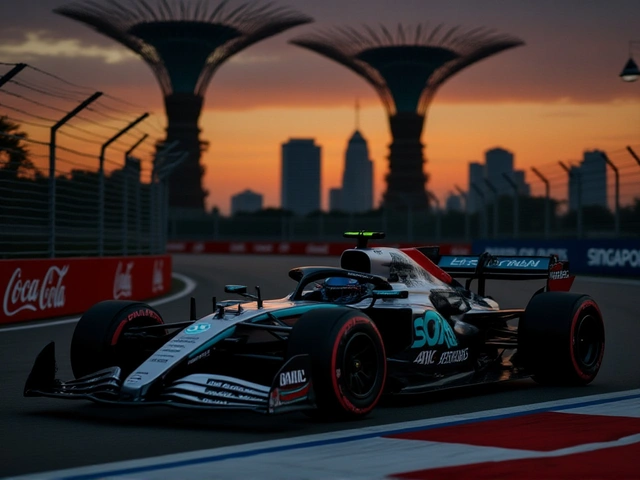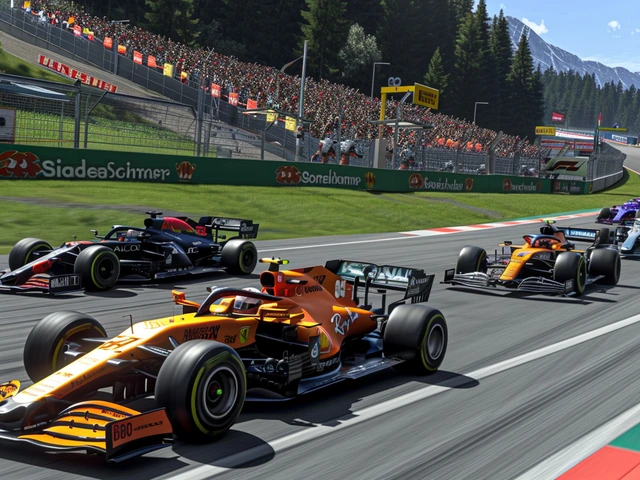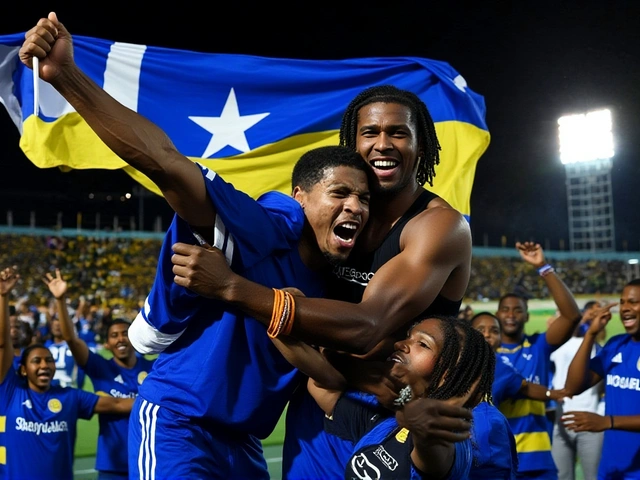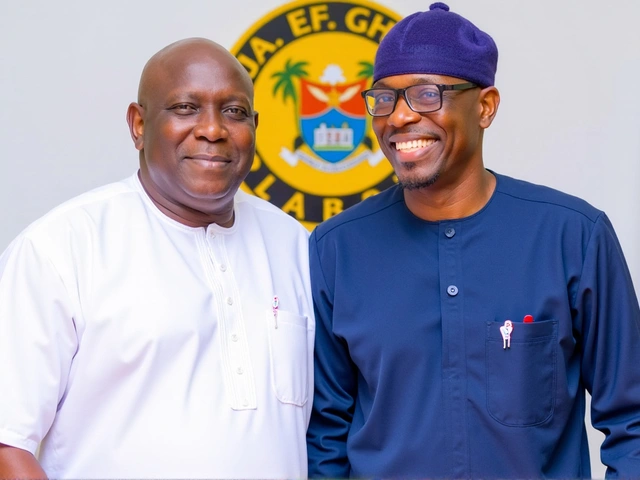Russell Takes Pole as Verstappen Frustrated at 2025 Singapore GP Qualifying
Oct 6 2025
When a government imposes an emergency rule, a temporary legal framework that expands executive powers during crises, it shifts the balance between security and freedom. Also called a state of emergency, a formal declaration that authorises extraordinary measures, the rule often comes with a government decree, an official order that bypasses normal legislative procedures. These three elements—emergency rule, state of emergency, and decree—form the core toolkit for authorities facing natural disasters, armed conflict, or severe civil unrest. Understanding how they interact helps you see why they generate both support and controversy.
One closely linked concept is martial law, the direct control of civilian life by military forces, often suspending ordinary law. While emergency rule may simply grant police extra powers, martial law goes further, allowing the armed forces to enforce order, curfew, and even censor media. The distinction matters because emergency rule encompasses state of emergency but does not always reach the intensity of martial law. In practice, governments decide the level of authority based on the perceived threat, the legal limits of their constitution, and international pressure.
First, the legal basis of an emergency rule is usually found in a country's constitution or specific statutes. This foundation defines the trigger events—such as war, epidemic, or natural disaster—and sets the maximum duration the rule can stay in force. Second, the scope of powers granted often includes curfews, movement restrictions, and the ability to detain individuals without the usual judicial oversight. Third, oversight mechanisms vary: some nations require parliamentary approval within a set period, while others rely on judicial review or independent commissions. The interplay of these attributes determines how quickly a government can act and how long civil liberties remain intact.
Speaking of civil liberties, the impact of emergency rule on civil liberties, fundamental rights such as freedom of speech, assembly, and privacy is profound. Restrictions on public gatherings, mandatory lockdowns, and expanded surveillance are common. Yet the degree of infringement often hinges on the rule's duration and the transparency of the decree. When governments publish clear criteria and timelines, citizens are more likely to accept temporary sacrifices. Conversely, vague or indefinite rules can erode trust and trigger protests.
Real‑world examples illustrate these dynamics. In late 2024, a southern African nation invoked emergency rule after severe flooding, issuing a government decree that allowed rapid deployment of the army for rescue operations. The state of emergency lasted 30 days, after which normal legislative oversight resumed. In contrast, a neighboring country declared martial law during a political upheaval, suspending elections and granting the military authority over media outlets. The stark difference shows how the same legal tool—emergency rule—can be calibrated from limited police powers to full military governance.
Another pattern emerging in 2025 is the use of emergency rule to address public health crises. Several countries enacted short‑term curfews and mandatory testing under a state of emergency, relying on specific health statutes rather than broad constitutional provisions. This approach limited the rule's reach, kept parliamentary checks active, and reduced the backlash seen in earlier, more sweeping implementations. The lesson is clear: tailoring emergency rule to the specific threat can preserve essential freedoms while still delivering decisive action.
Critics argue that emergency rule can become a shortcut for governments to sidestep democratic processes. History offers cautionary tales where leaders extended emergency powers beyond the original crisis, embedding new powers into law permanently. To guard against this, robust oversight—such as mandatory parliamentary review, sunset clauses, and independent judicial scrutiny—must be baked into the decree from day one. When these safeguards work, societies can navigate emergencies without sacrificing the core values that define them.
Looking ahead, technology will reshape how emergency rule is applied. Digital identity systems and real‑time data analytics enable authorities to target restrictions more precisely, potentially reducing blanket curfews. However, the same tools raise questions about privacy and the risk of permanent surveillance. Understanding the relationship between emergency rule, civil liberties, and emerging tech will be crucial for policymakers and citizens alike.
Below you’ll find a curated list of recent stories that illustrate how emergency rule, state of emergency, martial law, and related concepts play out across Africa and beyond. Each article shows a different angle—legal, political, or human—so you can see the full picture of what happens when governments invoke these extraordinary powers.
Vice Admiral Ibok‑Ete Ibas suspended all of Governor Fubara's appointees during a federal emergency; later, Oct. 1 dismissals followed a Supreme Court ruling, ending a turbulent seven‑month crisis in Rivers State.

Oct 6 2025

Oct 1 2025

Jun 30 2024

Nov 21 2025

Aug 13 2024